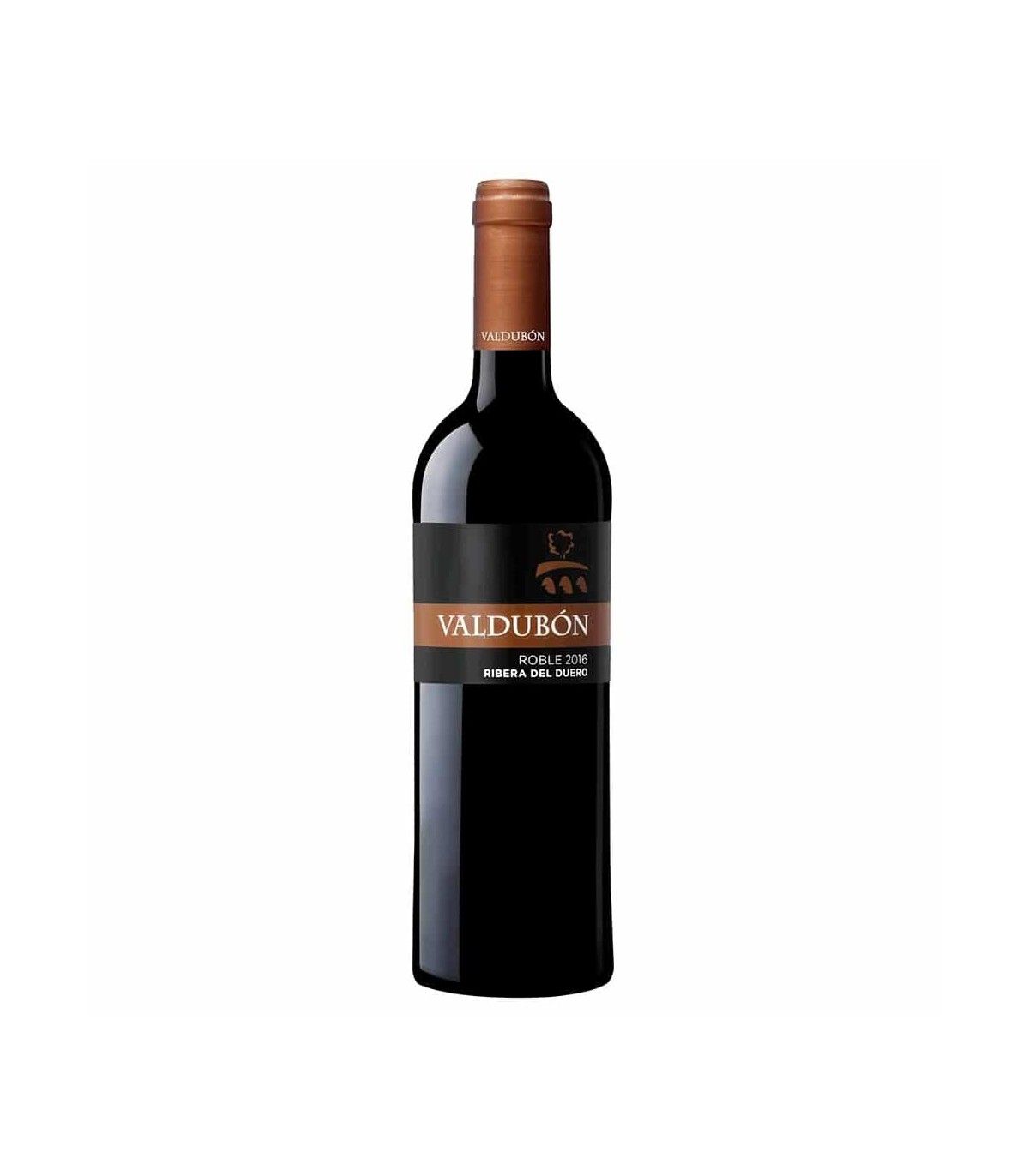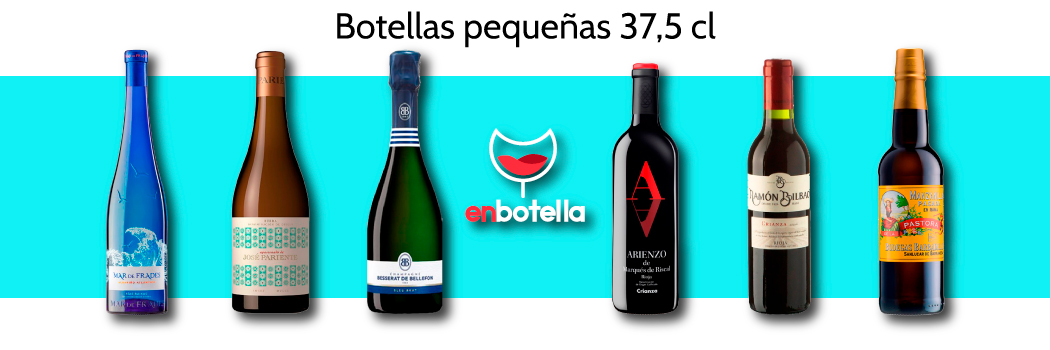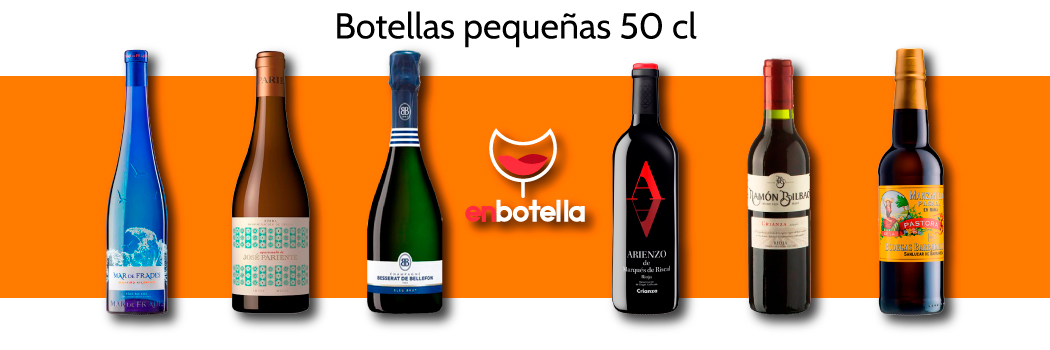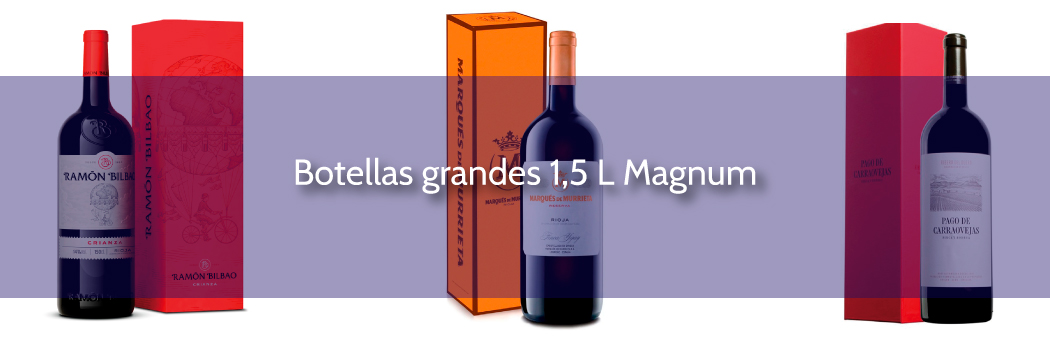Notas del Viñedo
Valdubón Oak is made entirely with grape ink of the country (Tempranillo). The vineyards originating in Valdubón are divided by different terms of Ribera del Duero, being its main origins The terms of ROA and Miracles. A severe monitoring of the care applied to the vineyard is carried out, focusing on the efforts in a severe cluster clarification that leaves the strain with a production of 7-8 clusters by strain that pose a maximum yield of 5,000 kg / ha.
Making notes
Valdubón Oak is an intermediate step between VALDUBÓN Harvest and Valdubón aging. For this, a processing is carried out to obtain a wine that retains varietal aromas and the freshness of Valdubón harvest but with a sufficient initial structure to perform a raising of at least 4 Months in oak barrels. The elaboration consists of an average maceration, under conditions that preserve the maximum aromatic potential but, in turn, perform a sufficient extraction for the structure we are looking for. The raising of Valdubón Oak lasted four months in new American oak barrels (75%) and French (25%). The breeding ship is heated at 17ºC to guarantee a paused and without deviations. The periodic tasting indicates the point where the wine shows a perfect balance between its structure and the wooden contribution, this being the right time to end its Parenting in Barrica.This is, at 28ºC with not very intense daily comeback. The end of the maceration is decided at the time it is seen that the wine has a good structure without aggressiveness from an excessive extraction. Alcoholic and tan fermentations are carried out at the same time using coinoculation techniques, that is, adding the two Ferments at the same time. This technique is especially designed to maximize wine fruit in mouth and nose.
Climatología
Meteorology came characterized by a very rainy spring, extending rainfall until the first two weeks of summer. However, this unusual start gave way to a dry and hot summer that slowed the ripening process of the fruit, not getting to block the plant due to the water reserves obtained in the spring. These conditions, joined to a copious harvest led to a late campaign, with optimum health status, moderate alcoholic grade, average acidity and high phenolic concentration.
 Tasting notes
Tasting notes
 Information
Information


 Description of Valdubon Roble
Description of Valdubon Roble Making notes Valdubon Roble
Making notes Valdubon Roble Opiniones reales de clientes
Opiniones reales de clientes


